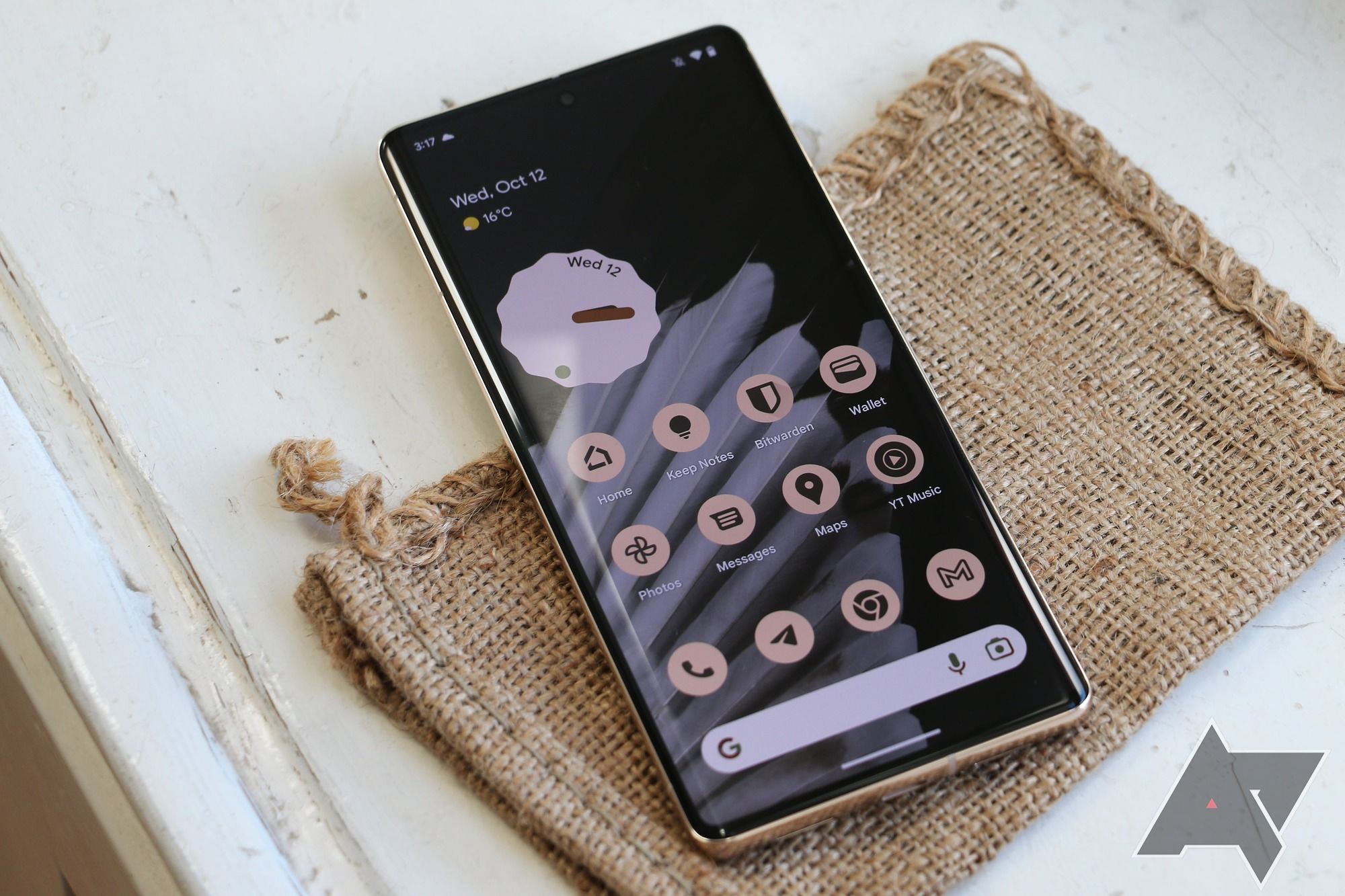Themed icons used to be something only advanced users would tinker with through various third-party methods. To make things easier for everyone, Google introduced themed icons with Android 12 and incorporated their new Material You design language. The feature does what you expect while bringing broader theme support on a system level, making it simple to theme your device. It matches the app icons on your home screen with the colors of your wallpaper, even giving some Samsung phones a better look overall. This gives you a uniform, less busy look for your launcher.
The feature only worked for a handful of Google apps on Android 12. Google corrected this shortcoming for Android 13. However, app developers still must add support for their icons. It's a slow and steady process. Because of this, even when you turn on themed icons, not all of them follow your preferred styling. Still, a good selection of third-party apps supports the Material You feature. In this guide, we show you as many supported apps as possible and share tips on what you can do about apps that don't offer themed icons.
The icon theme feature on Android 13 only works for the app icons on your home screen. The app drawer isn't supported. This makes sense because the home screen is what you interact with the most after you unlock your phone.
As for the latest version of Android 14 on a Google Pixel phone, nothing has changed regarding any app drawer theming options. We will update this guide when the icon theme feature gains support for the app drawer.
How to activate themed icons on Android
To get started with themed icons, turn on the setting on your device. The process differs slightly between manufacturers, and your phone must be updated to Android 13 to support the feature. For most phones, you can follow these instructions:
- Tap and hold an empty spot on your home screen. A popup appears.
-
Select the Wallpaper & style section.
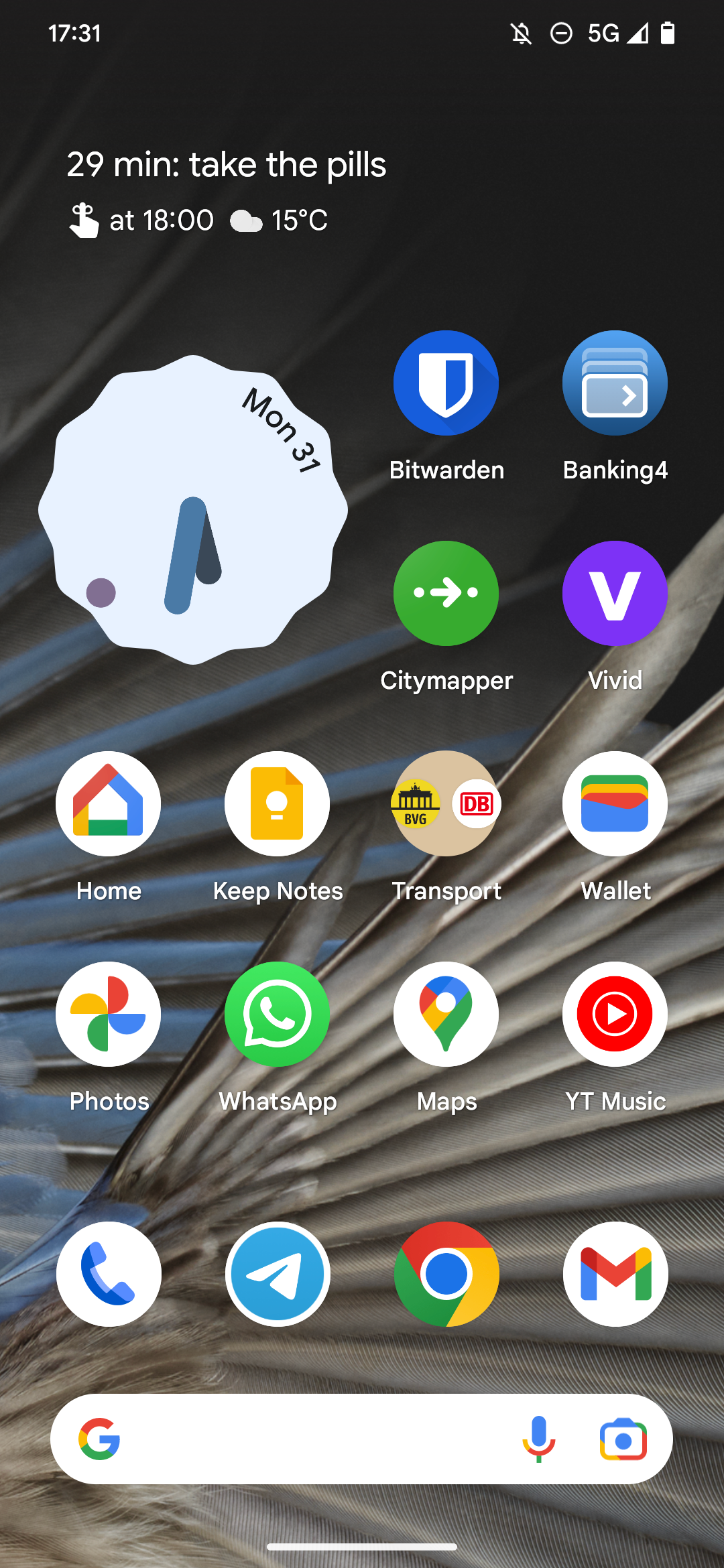
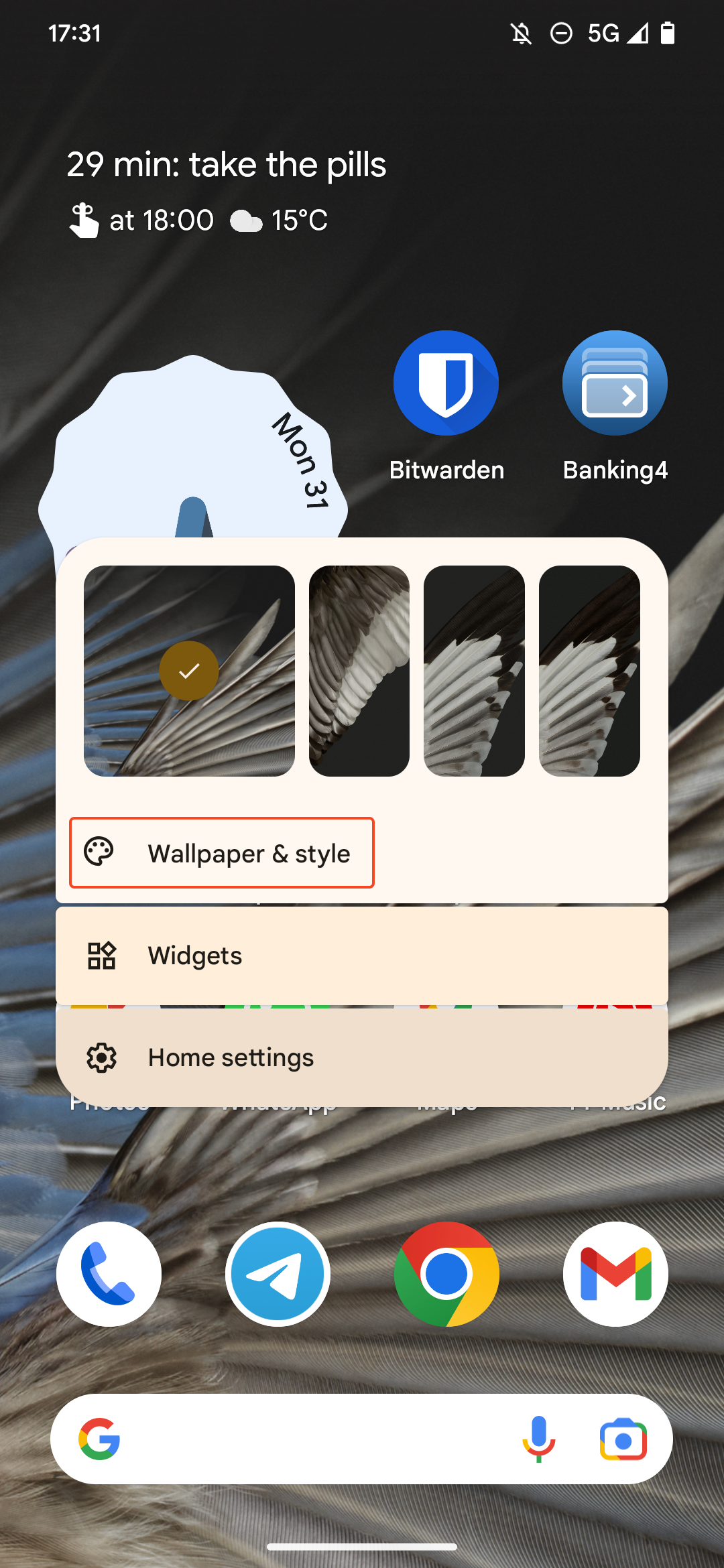
- Scroll to the bottom of the screen and turn on the Themed icons toggle. For Android 14, tap the Home screen tab in the upper-right corner, then scroll down.
-
Return to your home screen to see the themed icons in action.
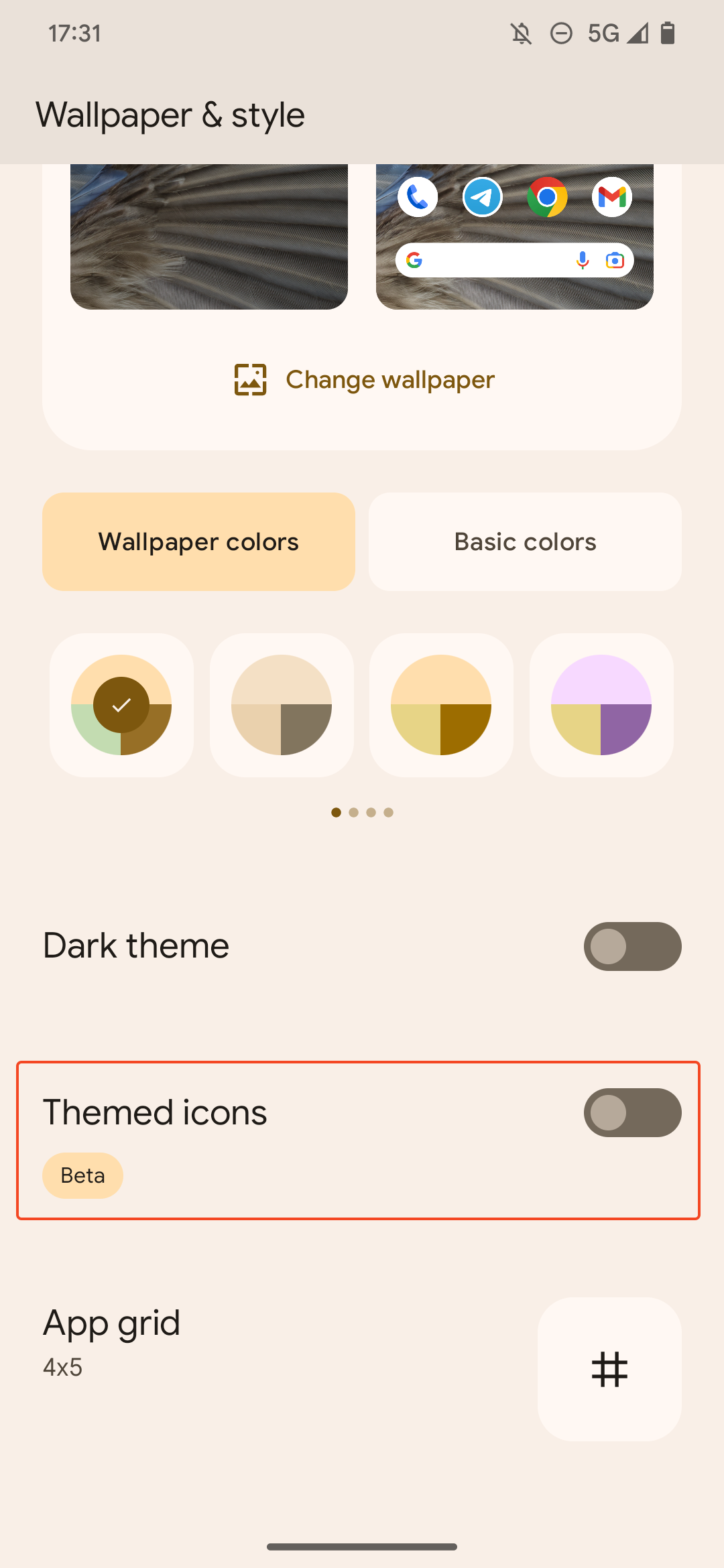
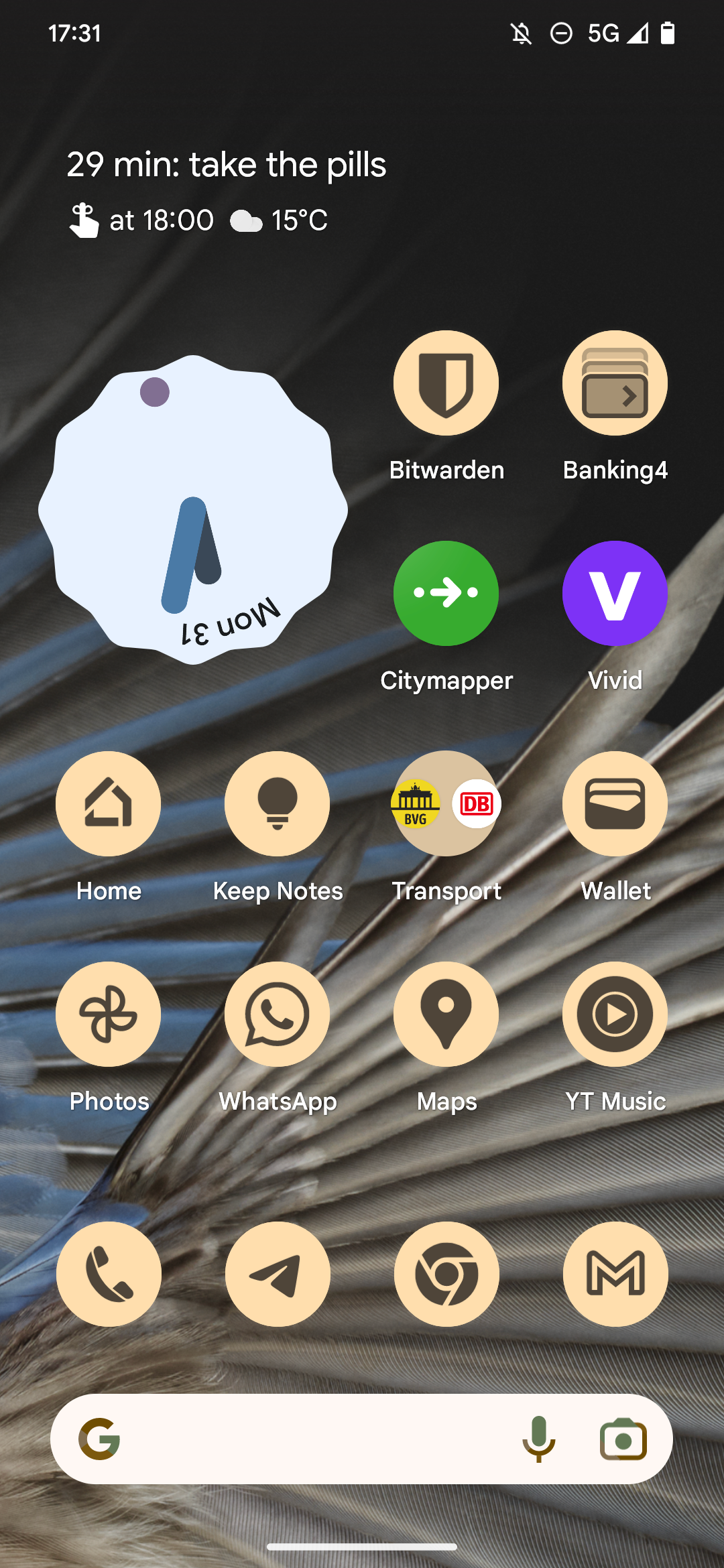
You can also change the colors of the themed icons to an extent. Switching your wallpaper is one method. Android automatically selects a dominant color and applies it to your icons. Alternatively, stick with your wallpaper and choose one of the 16 color schemes from the Wallpaper & style section in your Settings app.
All the themed icons we spotted so far
WhatsApp and Spotify are some of the more popular apps that received themed icon support. The messaging platform is ubiquitous worldwide, and Spotify is synonymous with streaming music. It's great that this essential part of many people's home screen supports the new theming option. More big companies have also jumped on board. Key players like Slack, Reddit, Pinterest, and LinkedIn support themed icons on a system level.
- 1Password
- Aegis
- American Express
- Anchor by Spotify
- Babbel
- Backdrops
- Banking4
- Basecamp
- Battery Guru
- Beeper
- Bitwarden
- Brave
- Bumble
- Bundled Notes
- Cafe Buddy
- Cast My Radio
- Castro
- ChatGPT
- Citrix Workspace
- Citymapper
- CommuniqAI
- Credit Karma
- Cync by GE
- Dashane
- Daybridge
- DoorDash
- Dolphin Emulator
- DRM Info
- Dropbox
- DuckDuckGo
- Dynamic Wallpaper
- eBay
- Ecosia
- Element Messenger
- EX Kernel Manager
- ESPN
- Etsy
- Eurowings
- Exposure Calculator
- Facebook Messenger
- Fairtiq
- Fastmail
- Finanzblick
- Fitbit
- Fotmob
- Frameo
- Genius Scan
- Graphie
- Ice Box
- Infinity for Reddit
- Instacart
- Inware
- iOSXPC Wallpapers
- Joey for Reddit
- Joyn
- LastPass Authenticator
- Lichess
- Mastodon
- MicCheck
- Microsoft Edge
- Monzo
- Mozilla Firefox
- Musicolet
- MyFitnessPal
- MyWallApp
- N26
- Nest
- NextCloud
- Nextdoor
- NordVPN
- Offline Diary
- Opera
- Opera GX
- Pano Scrobbler for LastFM
- PhonePe
- Pinned Shortcuts
- Pix Wallpapers
- Pluma Browser
- Pocket Casts
- Podcast Addict
- Poweramp
- PS Remote Play
- Public
- Relay for Reddit
- Repainter
- Retro Music Player
- Revolut
- Samsung Health
- Samsung Internet
- Samsung Smart Switch
- Shazam
- Shizuku
- Shortcut Maker
- Signal
- Skit
- Slack
- Sleep as Android
- Spotify
- Stats.fm
- Swappa
- Swift Backup
- Symfonium
- Sync for Reddit
- Talon for Twitter
- Telegram
- Telegram X
- TK-App
- Todoist
- Transit
- Trello
- Twitch
- UDisc
- URL Checker
- Vivaldi
- Vivino
- VLC
- vRGB
- vRGB Jack
- Wikipedia
- Wise
- Yandex Translate
- Yaste Kodi Remote
- Yazio
- YNAB
We left out Google apps and other preinstalled apps, like those found on Samsung phones. While some oddities, like Rewards and Google Authenticator, don't support themed icons, most of its other apps have a monochrome look, as long as you have a Pixel phone. Some Google apps don't have proper themed icons added to their APKs, leaving the Pixel Launcher to do this job.
How to create themed icons for any app on Android 13
There is a solution if your apps don't offer themed icons. Install the Shortcut Maker app from the Google Play Store to get started. This app allows you to add custom icons for your other installed apps. It also supports creating themed icons for light and dark themes, so you aren't stuck with one or the other.
To create your first custom-themed icon with Shortcut Maker, do the following:
- Open the Shortcut Maker app on your Android device.
- Select the Apps option in the upper-left corner.
-
Scroll through the list or use search to find the app you want to tweak and tap it.
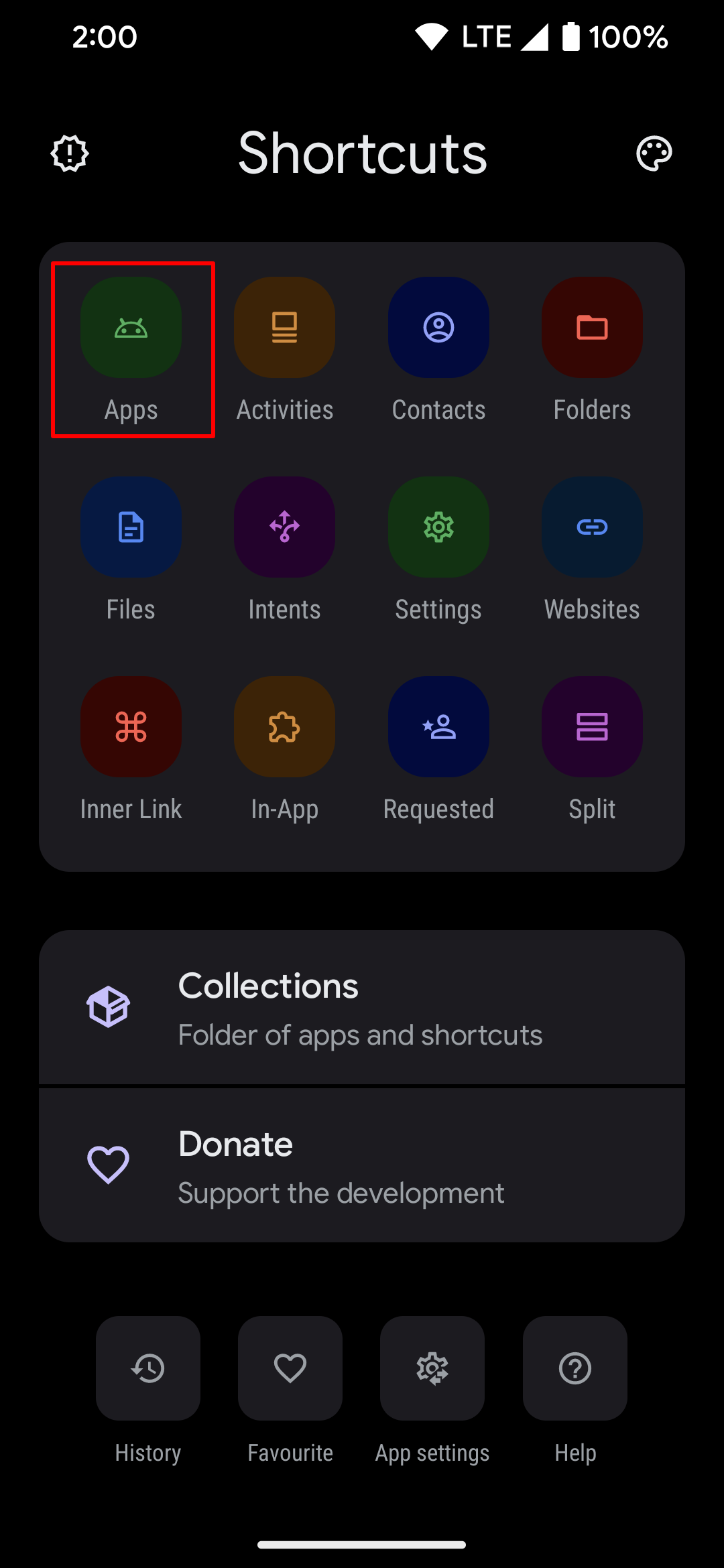
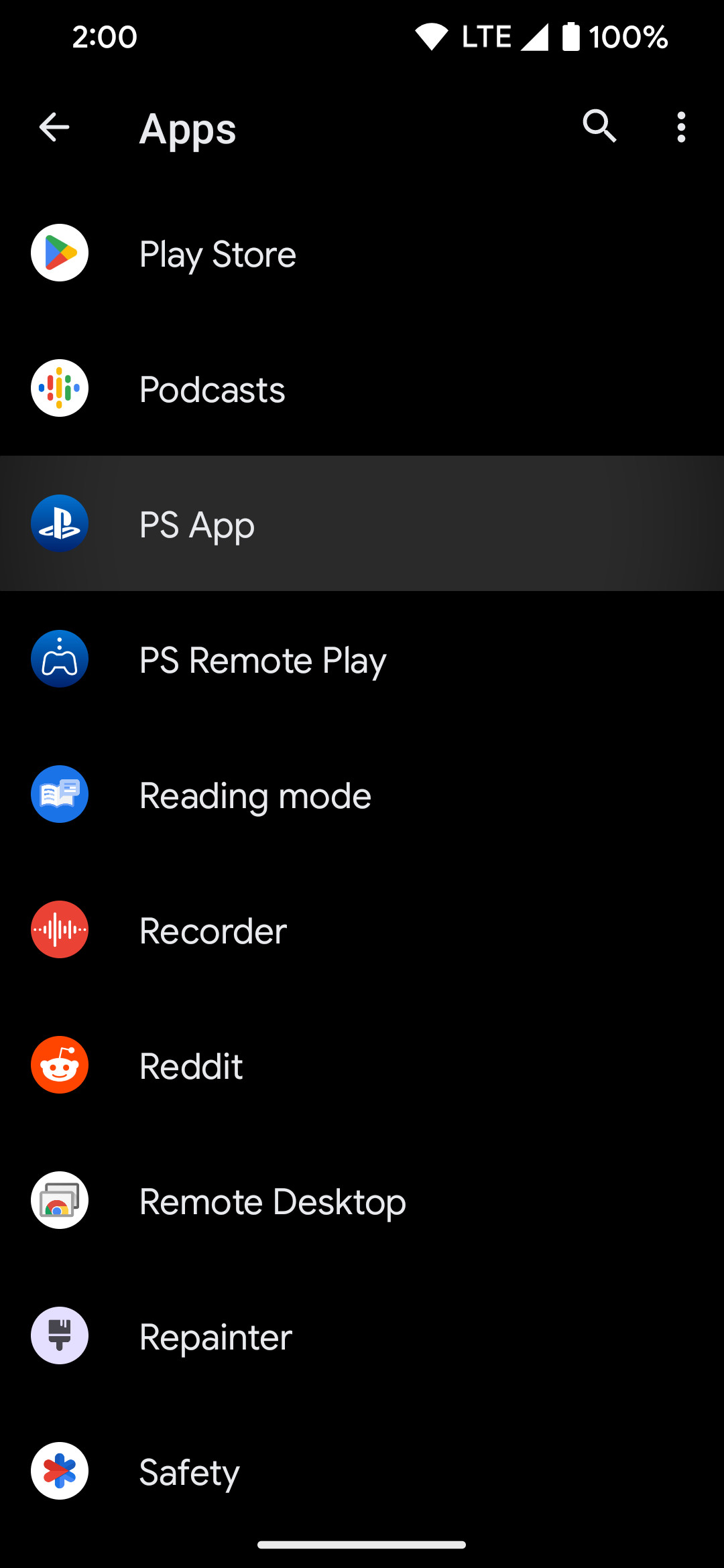
-
Tap the Icon section in the middle of the next screen.
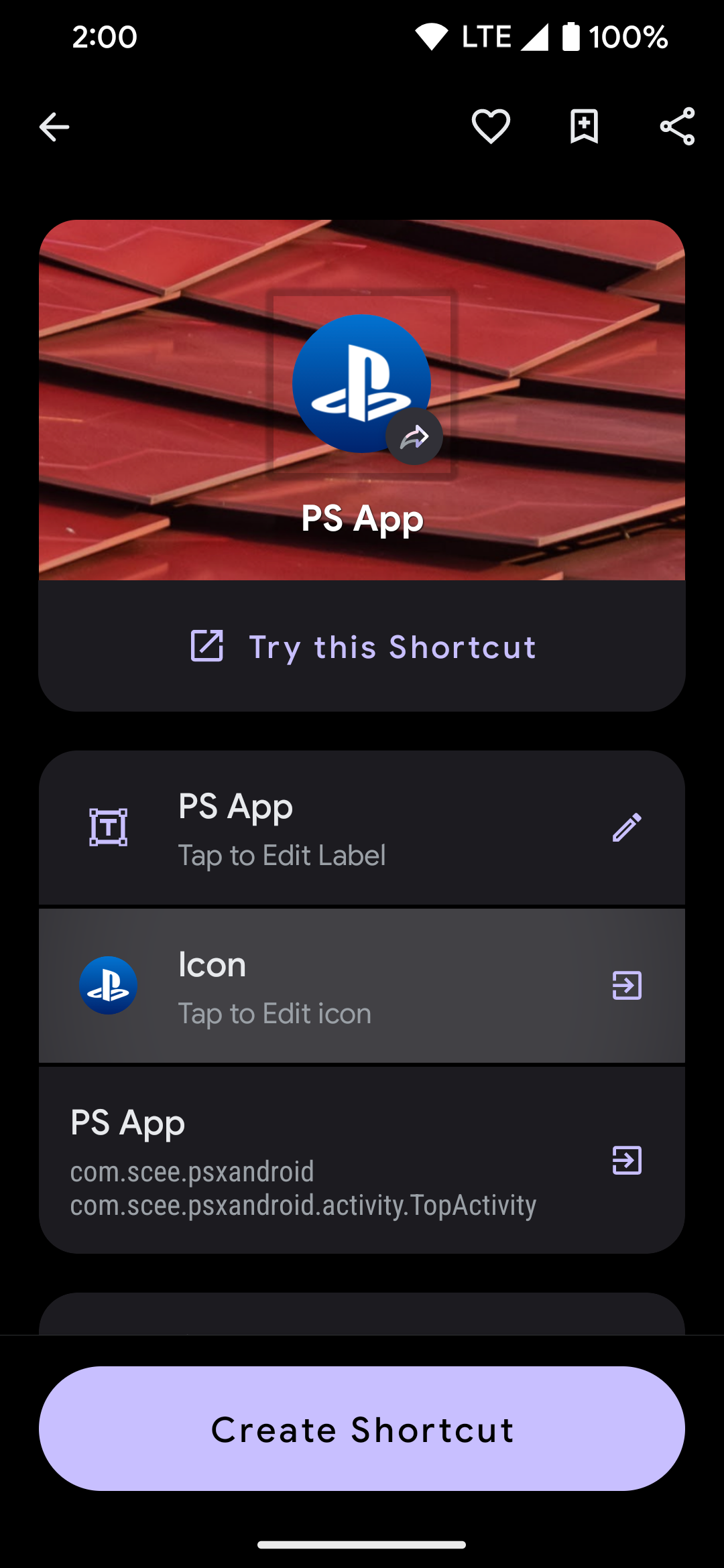
- Go to the Themed tab to view the icon color choices.
- Select a dark or light icon to match your system theme. You may not find one that fits perfectly with your theme color but try to match it as closely as possible.
- When you're done, tap the checkmark in the upper-right corner.
-
At the bottom of the next screen, tap the Create Shortcut button.
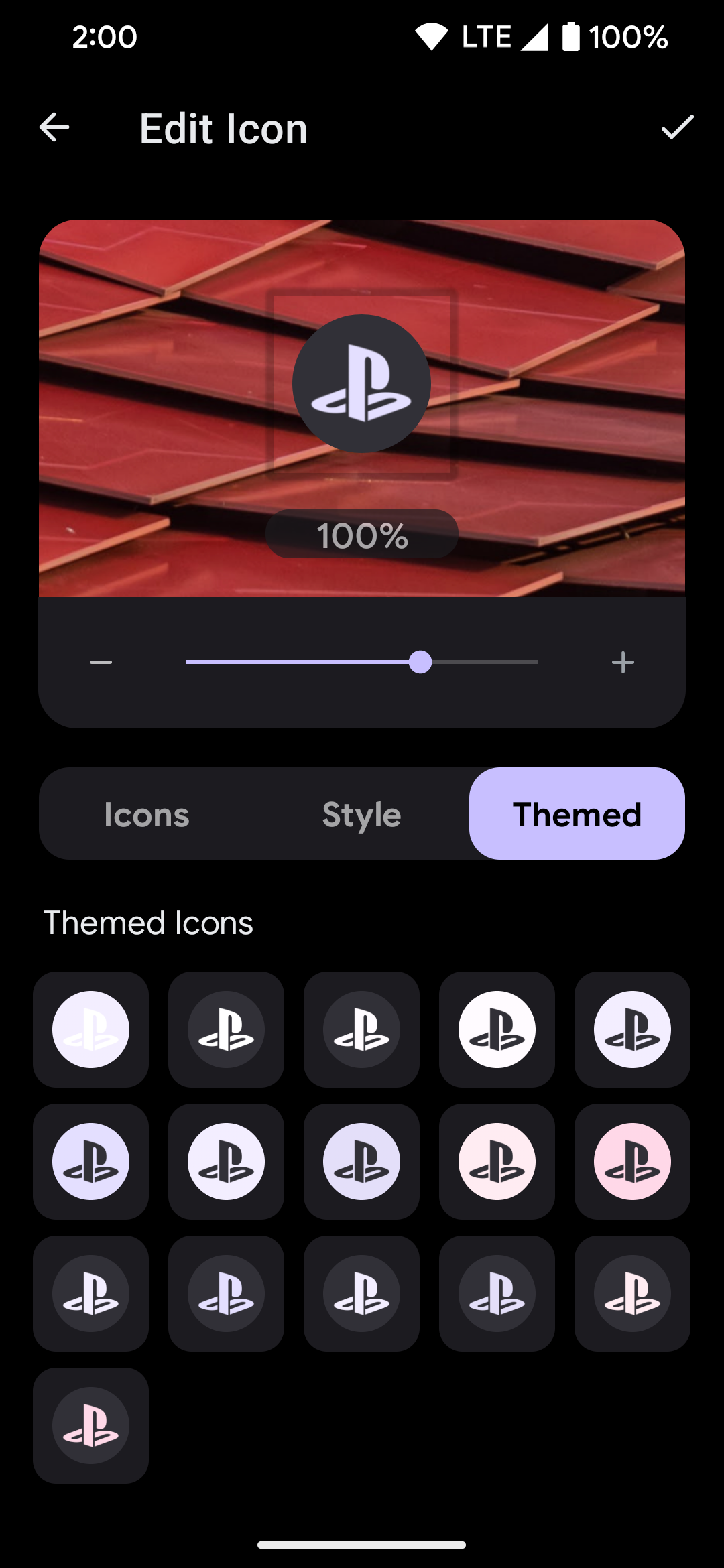
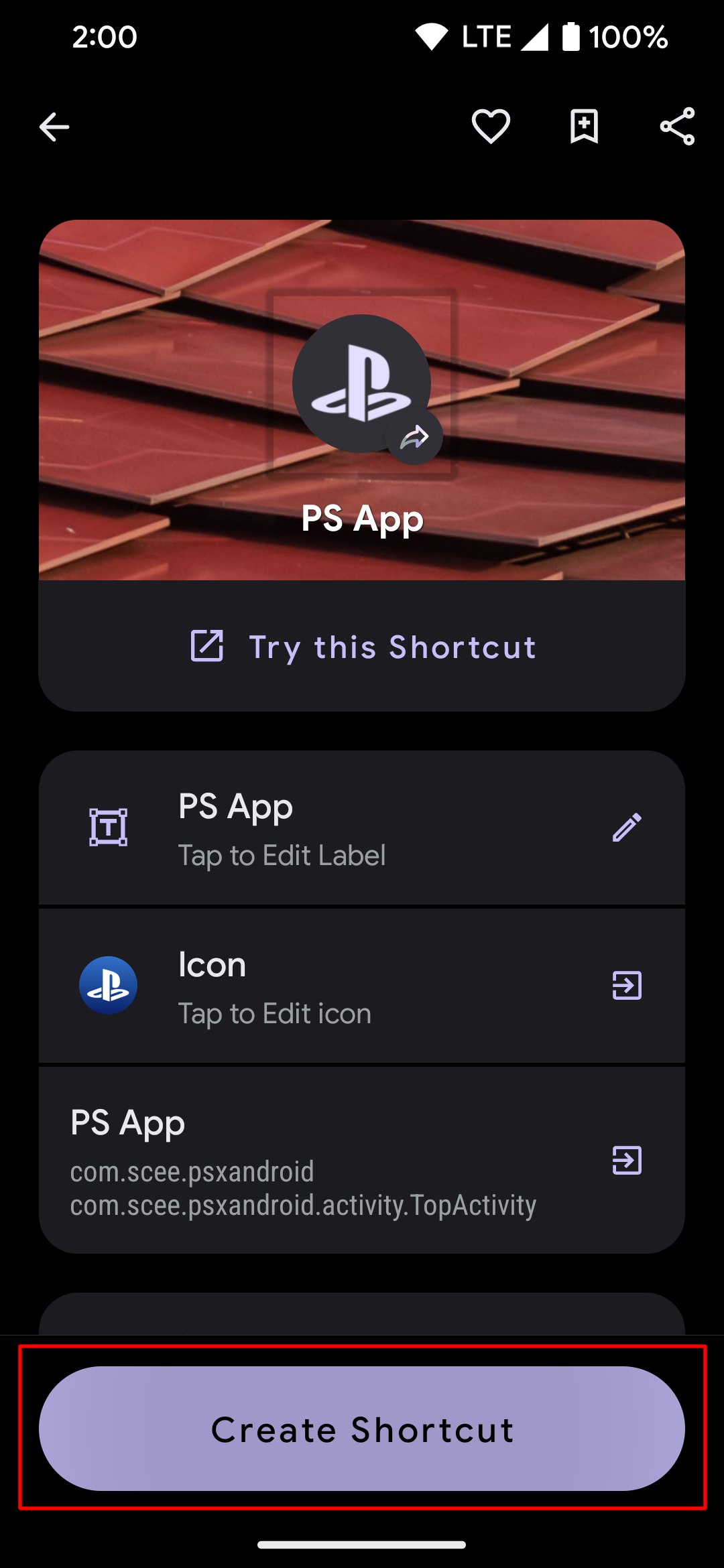
- Tap the Add to home screen button.
- The custom-themed icon you made is added to a blank spot on your home screen.
-
Repeat these steps for all apps you want to theme.
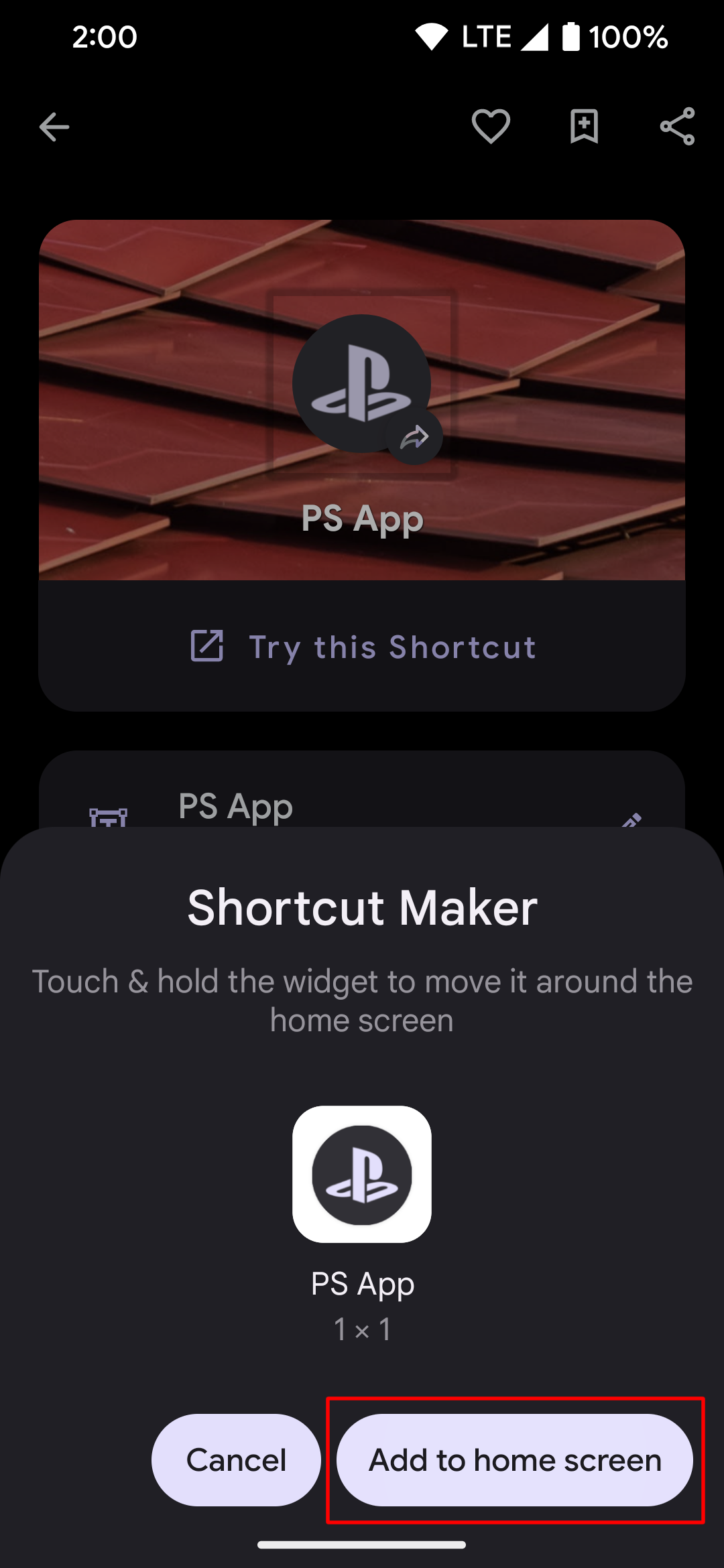
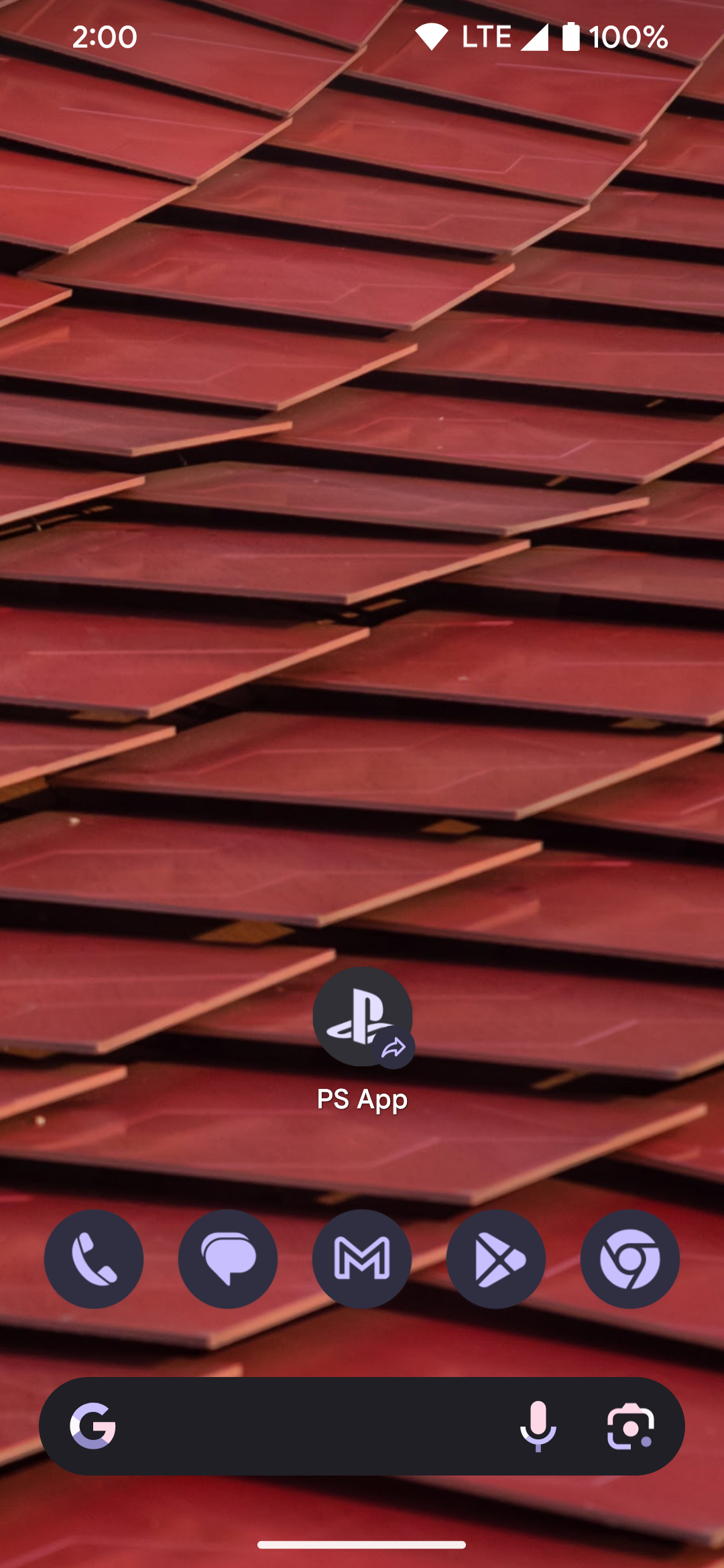
There are other caveats to this system. While the icons you create using the Shortcut Maker app look and feel like themed icons, they're not dynamic. In other words, they don't follow your system's default theme setting. This means you must change the color of your icons manually when switching between light and dark modes. The icons don't change color when swapping wallpapers. Instead, a small shortcut symbol displays in the lower-right corner of the app icon unless you use a custom launcher that can suppress this.
Themed icons are here to stay
Whether you plan to use themed icons or are good with the default ones, having icon themes on a system level benefits everyone. Until all app developers are on the same page, you'll have apps that don't support themed icons. This takes time, but it will eventually become the new standard, much like what happened with Android's system-wide dark theme. You might be surprised how a simple icon theme change makes your home screen look, so check it out if you want something different.
Android 13 brought better icon theme support, but Android 14 builds on that foundation with a few new theme-related features. Android 14 is a decent update, and we discuss everything you need to know about it from the official and beta releases.

